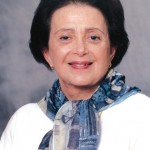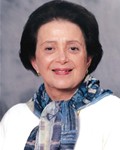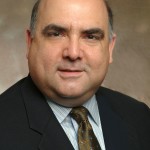In adulthood, our hearts generally can’t grow again in response to injury. Emory cardiology researchers Ahsan Husain and Nawazish Naqvi and their colleagues have been chipping away at this biological edifice in animal models, demonstrating that it is possible to remove constraints that prevent the heart from growing new muscle cells.
Husain and Naqvi’s teams accomplished this by combining the thyroid hormone T3 — already FDA approved — with siRNA-based inhibition of an enzyme called DUSP5. Their latest paper, published in the journal Theranostics, applies the combination in an animal model of drug-induced heart failure.
The anticancer drug doxorubicin is notorious for its cardiotoxicity, yet it is a mainstay of treatment for breast cancer in adults and several types of cancer in children. Cardiotoxicity affects a fraction of breast cancer patients treated with doxorubicin (20 percent in some studies) and severely impacts mortality and quality of life.
In the mouse model, doxorubicin generates severe heart failure, with a 40 percent drop in left ventricular ejection fraction (LVEF), a measure of the heart’s pumping capacity. In response to the combination of T3 and DUSP5 siRNA, a large increase in LVEF is seen. The researchers also report that the treatment has a marked effect on the health of the animals, restoring their activity levels, grooming and posture. See the video for an example of a mouse heart treated with the T3/DUSP5 siRNA combination.
The results are potentially applicable to other situations when doctors would want to regrow or repair cardiac muscle. Husain reports plans for a clinical study in patients with drug-induced or other forms of heart failure, supported by a generous gift from the Atlanta-based ten Broeke Family Foundation.








 t want a transplant or those who may be transplant eligible in the future.â€
t want a transplant or those who may be transplant eligible in the future.â€


